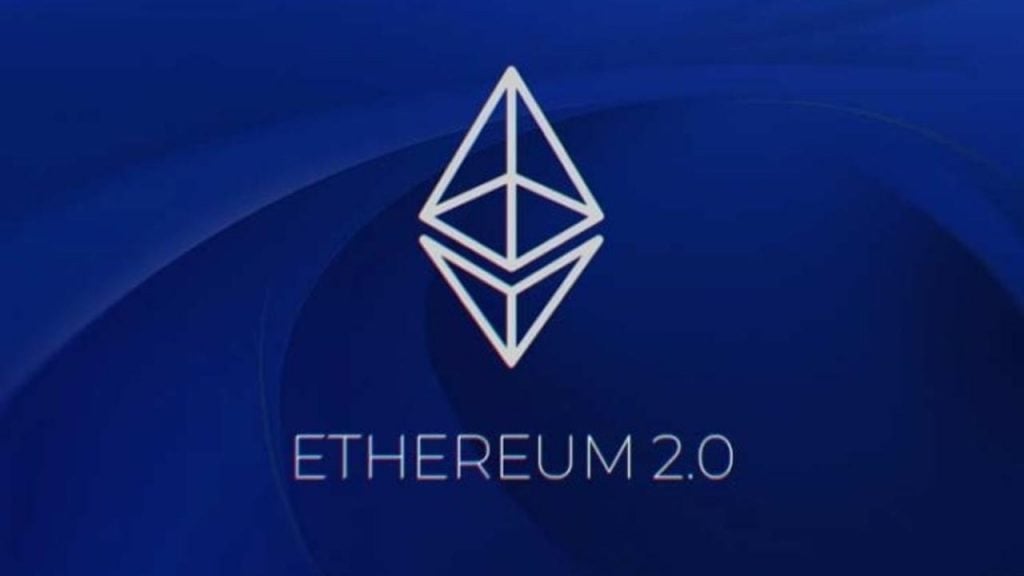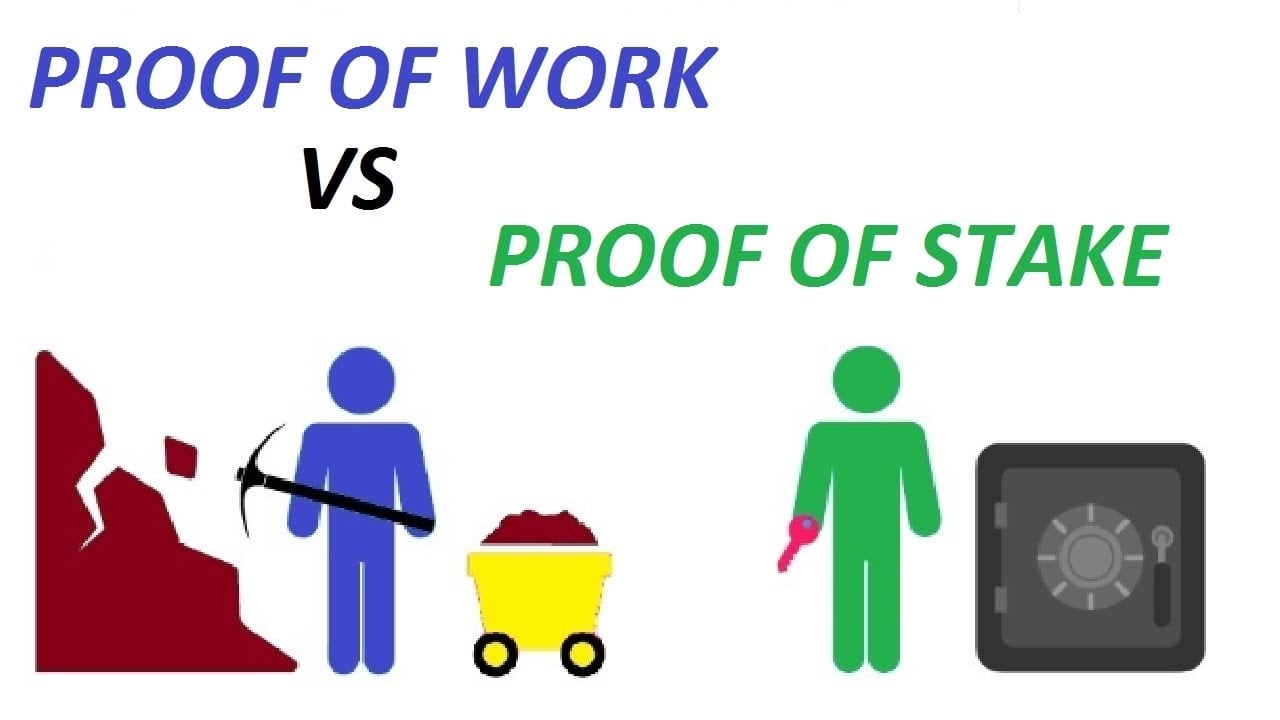(as of August 24th, 2021)
This is an update of an older article on Ethereum 2.0. Click here to read the previous version.
London Hard Fork
The highly anticipated Ethereum London Hard Fork upgrade went live on August 5th, 2021, which sent the price of ETH rallying to above $2,800 for the first time since June 7th on bullish sentiment.
The upgrade includes a fee reduction feature called EIP 1559, which burned more than 3,000 ETH in only a few hours since taking effect.
The latest backward-incompatible upgrade to the Ethereum blockchain introduced five new Ethereum Improvement Proposals (EIPs), ushering in a new era for the transition to Ethereum 2.0.
EIP 1559, EIP 3554, EIP 3529, EIP 3198 and EIP 3541 are code upgrades that aim to improve the network’s user experience and value proposition.
It is fair to say that the London upgrade received more media attention than previous upgrades, but rightfully so as this upgrade represents an important step forward for the cryptocurrency, proving that the Ethereum ecosystem is able to make significant changes.
That’s in stark contrast to Bitcoin, which is so decentralized that changes to its blockchain network are incredibly difficult.
The Ethereum blockchain still has major changes ahead, most notably its transition to a proof-of-stake (POS) system from a proof-of-work (POW) system. One of the biggest criticisms faced by Ethereum is its heavy energy usage and carbon emissions released during ether mining through proof-of-work.
A proof-of-work system relies on a network of computers around the world constantly running to solve complex problems to support and validate the blockchain. A proof-of-stake platform, which does not incentivize heavy energy consumption, allows users to put up their own tokens as collateral to support the blockchain network.
According to its founder Vitalik Buterin in an interview with Bloomberg, the change to proof-of-stake will reduce carbon emissions related to the mining of ether by 99%. Buterin expects the merge to Ethereum 2.0 to take place in early 2022 but it could come as early as late 2021.
The London hard fork “definitely makes me feel more confident about the merge.” Buterin told Bloomberg, going on to add that the transition to a proof-of-stake system would eventually change the economics of ether, such as a supply cap similar to bitcoin’s 21 million coin limit.
EIP 1559 – Making Ethereum less inflationary
The EIP 1559 upgrade is the most discussed code change of the London hard fork, altering the transaction fee structure for the Ethereum network. Instead of fees going directly to the miners that process and validate transactions, a base fee would instead go to the miners and to the network before being burned and removed from circulation.
EIP 1559 removed the first-price auction as the main gas fee calculation, where users typically bid a dedicated amount of money to pay for their transaction to be processed on the Ethereum blockchain.
Gas fees are fee payments required from users who create transfers or transactions on the Ethereum blockchain. Previously, users paid these fees without knowing the exact price to pay beforehand. In order to make sure the transaction gets processed, some users overpaid to ensure the transaction went ahead smoothly. Other users who paid less faced the uncertainty of whether the transaction will get processed in a timely manner.
The EIP 1559 changed the method by which transactions are processed on the blockchain by enabling clear pricing on a base transaction fee paid to miners in ETH to validate the transfers. A small amount of the tokens will be burnt and taken out of the circulating supply permanently. Users may also choose to include an optional tip, a “priority fee,” along with their base fee to incentivize miners for a quicker process if desired.
As a result of its activation, EIP 1559 improved user experience by automating transaction prices and taking the guesswork out of an opaque auction process, while still allowing miners to earn from tips and block rewards.
EIP 3554 – Defusing the difficulty bomb
EIP 3554 delays the “difficulty bomb” that is coded to make mining more difficult, essentially “freezing” it in preparation for Ethereum’s transition away from a proof-of-work model.
Also called the “Ice Age,” the difficulty bomb is intended to disincentivize miners from using proof-of-work once Ethereum 2.0 is ready by making block rewards much harder to come by. EIP 3354 pushes the Ice Age back to December 1st, 2021, hinting that the merge with Ethereum 2.0 may happen at the end of the year.
This is the fourth time that the difficulty bomb has been delayed, and unless the network is finally ready to move to proof-of-stake by the end of the year, it’s likely to be delayed once again in yet another network upgrade.
EIP 3529 – Reducing impact-less refunds
EIP 3529 reduces gas refunds, which were typically used to incentivize developers to reduce or delete unused smart contracts and addresses on Ethereum.
“Gas tokens” like Chi and GST2 gamed the system by taking up space on the network when gas fees were low and reaping the benefits by deleting their data when gas fees were high. With the implementation of EIP 3529, these tokens will become obsolete.
EIP 3198 – Improving smart contract UX
EIP 3198 improves the user experience of smart contracts by adding an operation code (opcode) that gives the EVM (Ethereum Virtual Machine) access to the block’s base fee.
The base fee is a small amount of Ether paid for each block created which can help with gas efficiency and reduction in transaction costs. Some applications will be able to use this fee, and other applications may choose not to use this opcode in their smart contract code if they do not need it.
This improves the user experience of smart contracts by increasing the security for state channels, plasma, optimistic rollups and other solutions that prevent fraud.
EIP 3541 – Making future updates easier
EIP 3541 sets up future upgrades to the Ethereum Virtual Machine (EVM) by removing the ability to start new contracts with “0xEF or Executable Format.”
Although it won’t have an immediate effect on the network, it sets up future changes and restricts the EVM from consuming specific data types.
ETH 2.0 Becomes The Leading Holder of Ether
At present, the staking contract of Ethereum 2.0 has become the largest holder of Ether (ETH).
According to blockchain analytics provider Nansen, the ETH 2.0 staking contract has surpassed Wrapped Ethereum (wETH) to become the single largest holder of ETH. Unlike Ether, Wrapped Ether adheres to the ERC-20 standard, making it the favored representation of ETH among decentralized finance protocols that use ERC-20 tokens.
Alex Svanevik, the CEO of Nansen, put up his findings on Twitter on August 16th, 2021. According to the available data, the Beacon Chain’s deposit contract holds 6.73 million ETH – worth roughly $21.5 billion at current prices.
By contrast, Nansen’s data suggests the Wrapped Ethereum contract holds 6.7 million ETH ($21.4 billion), followed by Binance with 2.29 million ETH ($7.3 billion).
The quantity of Ether locked and staked on ETH 2.0 currently represents 5.7% of Ethereum’s circulating supply, according to CoinMarketCap. There are now 210,000 validators for the ETH 2.0 network, according to Beaconcha.in.
Currently, Ether staked on ETH 2.0 is locked up and cannot be withdrawn from the contract until Ethereum’s forthcoming chain merge, which will meld the Ethereum and ETH 2.0 networks.
According to Staking Rewards, ETH 2.0 is currently the third-largest proof-of-stake network by staked capitalization, ranking behind Cardano’s $49 billion and Solana’s $27.5 billion.
FAQ
Ethereum’s London hard fork is an irreversible network upgrade consisting of five Ethereum Improvement Proposals (EIPs), all of which are code upgrades paving the way for the network’s transition in the future from proof-of-work to proof-of-stake.
EIP 1559 changes how transaction fees work on the Ethereum blockchain in two ways. First, it adds a base fee to every transaction that takes place on Ethereum. This base fee aims to lower overall costs to the user, because it will improve gas fee estimations.
Second, transaction fees will no longer go to miners, but to the Ethereum network itself, before being burned and taken out of circulation.
These base fees are set using an algorithm and there will be an additional option to pay a tip to the miners to prioritize a transaction.
Burning base fees could result in a decreased supply of Ethereum, making ETH a deflationary currency.
The upgrades will provide a better smart contract use experience. Future updates of the network will become easier with the new proposals.
The network delayed the difficulty bomb to provide more time for the transition towards Ethereum 2.0.
No. Often hard forks will lead to the creation of another token (such as the fork that created Ethereum Classic in 2016). However, in this case, the London hard fork can be considered as a network upgrade. Ethereum protocols will change, but it will still be the one and only Ethereum.
The merge to Ethereum 2.0 is expected to take place in early 2022 or possibly in late 2021.
Sources:
https://www.coindesk.com/ethereum-hotly-anticipated-london-hard-fork-is-now-live
https://cointelegraph.com/news/eth2-staking-contract-ranks-as-single-largest-ether-hodler-with-21-5b
https://www.coindesk.com/valid-points-eip-1559-hasnt-affected-miner-revenue

